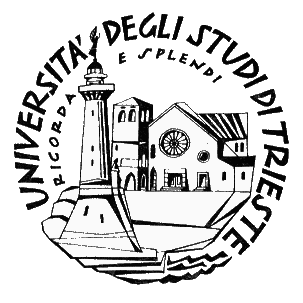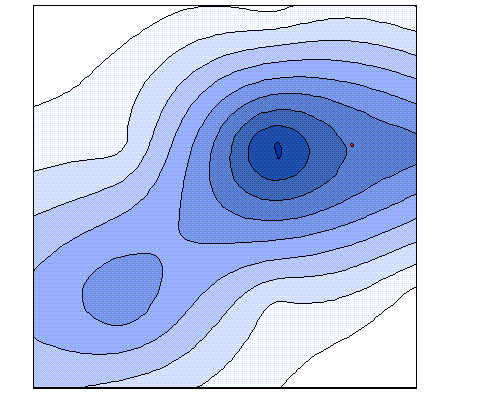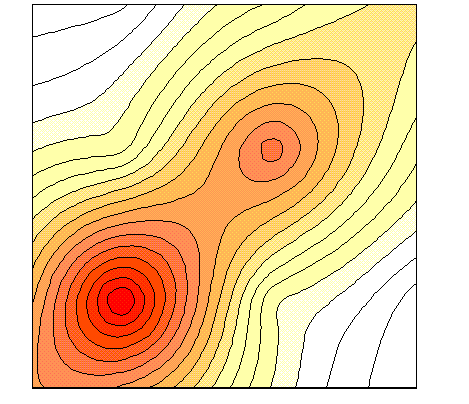Environmental
and Cultural Heritage Chemistry Research Group 
- AIR QUALITY MODELING -
The computational
dispersion models are often used for assesment studies of atmospheric
pollution. We focused our attention on non-steady-state dispersion
models which are more complete and versatile than gaussian steady-state
models because they allow to work on both
complex meteorological and orographic situations, moreover they
are appliable in microscale, mesoscale and large-scale cases.
In our studies we use the “CALPUFF Model
System”, an eulero-lagrangian dispersion model approved by US-EPA (2003). This
model simulate the release of pollutants from a source as a series of
"puffs" emitted at specific regular time intervals; this model allows
to evaluate the land pollutant dispersion averaged on a time interval
that can vary between an hour and a year.
- Maps representing
pollutant dispersion areas -
HOME







